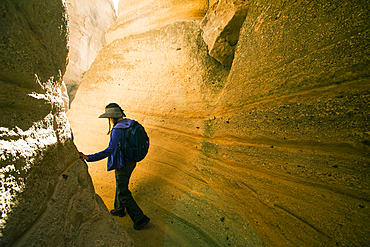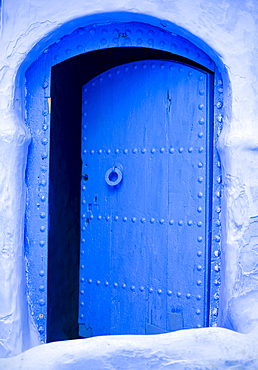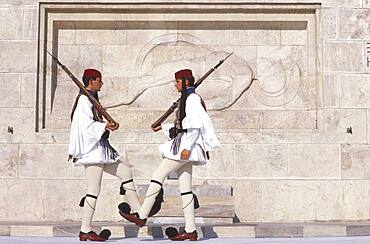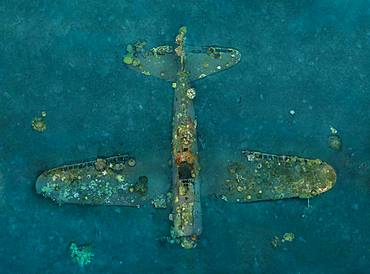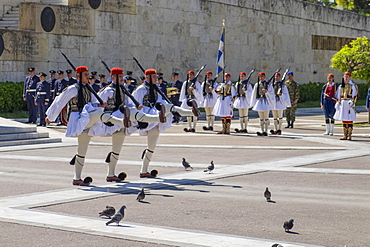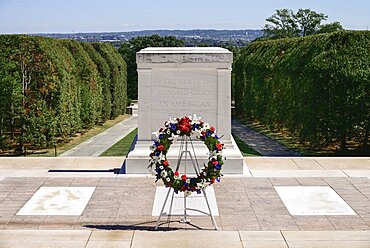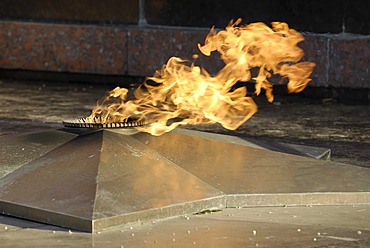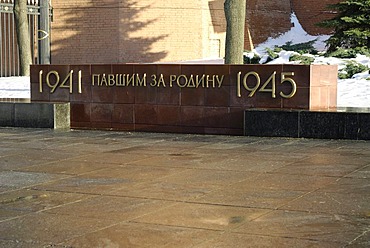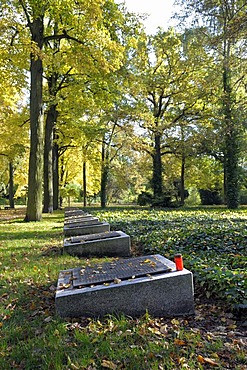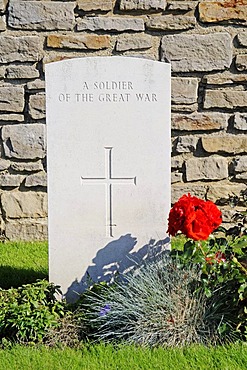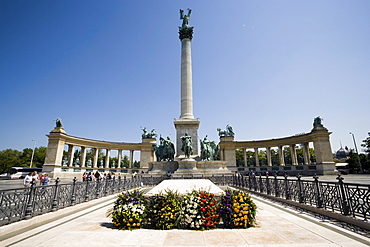Recent searches
Loading...
1245-2854 - Statue of Unknown Soldier, City of Heraklion, Crete, Greek Islands, Greece, Europe
848-2773 - Soldiers guarding Monument to the Unknown Soldier, Athens, Attica, Greece
848-2772 - Soldier guarding Monument to the Unknown Soldier, Athens, Attica, Greece
1245-2634 - Tomb of the Unknown Soldier, Warsaw, Masovian Voivodeship, Poland, Europe
1178-44044 - dock at ede of mountain lake in fog near Sun Valley Idaho
1245-2504 - Changing of the Guard in front of the Monument to the Unknown Soldier, Syntagma Square, Athens, Attica, Greece, Europe
1245-2509 - Changing of the Guard in front of the Monument to the Unknown Soldier, Syntagma Square, Athens, Attica, Greece, Europe
1245-2508 - Changing of the Guard in front of the Monument to the Unknown Soldier, Syntagma Square, Athens, Attica, Greece, Europe
1178-42004 - Japanese woman hiking between canyon walls
1178-39066 - Sunbeams through storm clouds over sailboat
832-394509 - Monument to the unknown sailor, Odessa, Ukraine, Europe
1178-32306 - Pregnant African woman with question marks painted on belly
1178-32307 - Pregnant African woman with question marks painted on belly
1113-105370 - Evzonen guards in front of the tomb of the unknown soldier, Athens, Greece, Europe
765-777 - Unknown Soldier Memorial and Anwar Sadat Tomb, Nasser City, Cairo, Egypt, North Africa, Africa
1113-103887 - Evzonen guards in front of the tomb of the unknown soldier, Athens, Greece, Europe
828-1393 - Tomb of the Unknown Soldier, statue of Goddess Roma, Vittorio Emanuele II Monument, Altare della Patria (Altar of the Fatherland), Rome, Lazio, Italy, Europe
828-1394 - Tomb of the Unknown Soldier, statue of Goddess Roma, Vittorio Emanuele II Monument, Altare della Patria (Altar of the Fatherland), Rome, Lazio, Italy, Europe
1116-48303 - The sun sets behind the hills with a paved highway road leading into the sunset, Iceland
1116-48620 - A small wooden dock with dense fog at the end over the water of Scott Lake in autumn, Olympia, Washington, United States of America
1116-44372 - On Either Side Of The Roof-Top Viewing Area Was The Goddess Victoria Riding On Quadrigas, Rome, Italy
1116-44374 - Goddess Victoria Riding On Quadriga, Rome, Italy
860-287442 - Tara Pacific expedition - november 2017 Kimbe Bay, papua New Guinea, Zero wreck: Coral growth on this wreck is from a period of 74 years ! D: 15 m The ZERO, is a Japanese WW2 fighter plane wreck. This Zero wreck was discovered in January 2000 by local William Nuli while he was freediving for sea cucumbers. He asked the Walindi Plantation Resort dive team if they might know what it was, and when they investigated they uncovered the intact wreck of a Zero fighter, resting on a sedimented bottom in 15 m depth. This World War II Japanese fighter is almost completely intact. The plane is believed to have been ditched, the pilot is believed to have survived, but was never found on the island. He never returned home. Maybe he disappeared in the jungle? On 26th December 1943, during the battle of Cape Gloucester, the Japanese pilot made an emergency landing, ditching his Mitsubishi A6M Zero plane into the sea approximately 100m off West New Britain Province. The plane was piloted by PO1 Tomiharu Honda of the 204st K?k?tai. His fate is unknown but it is believed the he made a controlled water landing after running out of fuel and survived. Although he failed to return to his unit, the plane was found with the throttle and trim controls both set for landing and the canopy was open. There are no visible bullet holes or other shrapnel damage and the plane is still virtually intact after over 70 years underwater. It is a A6M2 Model 21 Zero, made famous for its use in Kamikaze attacks by the Japanese Imperial Navy. The wreck has the Manufacture Number 8224 and was built by Nakajima in late August 1942.
860-287440 - Tara Pacific expedition - november 2017 Zero wreck, vertical view Orthomosaic from 3D photogrammetry (13500 x 10000 px). D: 15 m Kimbe Bay, papua New Guinea, Coral growth on this wreck is from a period of 74 years ! The ZERO, is a Japanese WW2 fighter plane wreck. This Zero wreck was discovered in January 2000 by local William Nuli while he was freediving for sea cucumbers. He asked the Walindi Plantation Resort dive team if they might know what it was, and when they investigated they uncovered the intact wreck of a Zero fighter, resting on a sedimented bottom in 15 m depth. This World War II Japanese fighter is almost completely intact. The plane is believed to have been ditched, the pilot is believed to have survived, but was never found on the island. He never returned home. Maybe he disappeared in the jungle? On 26th December 1943, during the battle of Cape Gloucester, the Japanese pilot made an emergency landing, ditching his Mitsubishi A6M Zero plane into the sea approximately 100m off West New Britain Province. The plane was piloted by PO1 Tomiharu Honda of the 204st K?k?tai. His fate is unknown but it is believed the he made a controlled water landing after running out of fuel and survived. Although he failed to return to his unit, the plane was found with the throttle and trim controls both set for landing and the canopy was open. There are no visible bullet holes or other shrapnel damage and the plane is still virtually intact after over 70 years underwater. It is a A6M2 Model 21 Zero, made famous for its use in Kamikaze attacks by the Japanese Imperial Navy. The wreck has the Manufacture Number 8224 and was built by Nakajima in late August 1942.
832-380691 - Changing of the guards in front of Parliament, Evzones at the Tomb of the Unknown Soldier on Syntagma Square in Athens, Greece, Europe
1116-40345 - Road Sign, Lake District, Cumbria, England, Europe
1116-40384 - Foggy Road, Mount Rainier National Park, Washington, Usa
1116-40163 - Highway In New Mexico, United States Of America
1116-40383 - Foggy Road, Mount Rainier National Park, Washington, Usa
1116-40382 - Foggy Road, Mount Rainier National Park, Washington, Usa
846-2833 - Changing of the Guard at the Tomb of the Unknown Soldier in Syntagma Square, Athens, Greece, Europe
846-2834 - Changing of the Guard at the Tomb of the Unknown Soldier in Syntagma Square with the Old Royal Palace, Athens, Greece, Europe
797-13013 - Greece, Attica, Athens, Greek soldier, an Evzone, beside Tomb of the Unknown Soldier, outside Parliament building.
746-88425 - Greyleg Goose (Anser anser) during winter, snowfall and in deep snow, Germany. The Greylag Goose is originally a migratory bird, but some local populations tend to be resident for still unknown reasons, Europe, Central Europe, Bavaria, Germany
396-5317 - Big Loop of Saar River near Orscholz, Mettlach, Saarland, Germany, Europe
1167-1091 - Evzone soldiers, Changing the Guard, Tomb of the Unknown Soldier, Parliament Building, Syntagma Square, Athens, Greece, Europe
1167-1092 - Evzone soldiers, Changing the Guard, Tomb of the Unknown Soldier, Parliament Building, Syntagma Square, Athens, Greece, Europe
1179-788 - Hikers admire the landscape at dawn, Minor Valley, High Valtellina, Livigno, Lombardy, Italy, Europe
1199-357 - Moreton Forest, Dorset, England, United Kingdom, Europe
1167-871 - Elevated view of city, from Soviet era Memorial to Unknown Soldiers and Heroes, Zaisan Hill, Ulaanbaatar (Ulan Bator), Mongolia, Central Asia, Asia
1167-870 - Soviet era memorial to commemorate Unknown Soldiers and Heroes, Zaisan Hill, Ulaanbaatar (Ulan Bator), Mongolia, Central Asia, Asia
1178-24838 - View of road sign on cloudy day, Colorado, USA
1178-18095 - Couple checking map while driving, Tequesta, Florida
797-11764 - Greece, Attica, Athens, Greek soldiers, Evzones, marching beside Tomb of the Unknown Soldier, outside Parliament building.
797-11766 - Greece, Attica, Athens, Greek soldier, Evzone, marching beside Tomb of the Unknown Soldier, outside Parliament building.
797-12229 - USA, Washington DC, Arlington National Cemetery, Tomb of the Unknown Soldier, Changing of the Guard.
797-11765 - Greece, Attica, Athens, Greek soldiers, Evzones, marching beside Tomb of the Unknown Soldier, outside Parliament building.
797-12230 - USA, Washington DC, Arlington National Cemetery, Tomb of the Unknown Soldier, Changing of the Guard.
797-12228 - USA, Washington DC, Arlington National Cemetery, Tomb of the Unknown Soldier, Changing of the Guard.
797-11763 - Greece, Attica, Athens, Greek soldiers, Evzones, beside Tomb of the Unknown Soldier, outside Parliament building.
785-1873 - Guards at the Tomb of the Unknown Soldier at the Victor Emmanuel Monument at night, Rome, Lazio, Italy, Europe
817-465591 - Monument to the Unknown Soldier in Samara, Samara Region, Rusian Federation
817-464652 - Young man in distance on jetty, Lake Tahoe, Nevada, USA
832-268018 - Eternal Fire on the Tomb of the Unknown Soldier, Alexander garden, Moscow, Russia
832-268016 - Memorial sign near the Tomb of the Unknown Soldier, Alexander garden, Moscow, Russia
832-253805 - Mass graves in Ploetzensee, partly unknown dead from the last months of the second world war, Berlin, Germany, Europe
832-242953 - White grave stone, unknown, anonymous, soldier's graves, war graves, the fallen, Terlincthun British war cemetery, world war, Wimille, Boulogne sur Mer, Nord Pas de Calais, France, Europe
1161-7975 - Tomb of the Unknown Soldier World War II war memorial, Mogila Neizvestnova Soldata, at The Kremlin, Moscow, Russia, Russian Federation
1161-62 - Papyrus growing in the Okavango Delta inBotswana, Africa
832-217119 - Evzoni, changing of the guards at the tomb of the unknown soldier in front of parliament at Syntagma Square, Athens, Greece, Europe
817-447064 - Evzones (soldiers).Changing of guard in front of the parliament house, at the tomb of the unknown soldier. Syntagma square, Athens, Greece, Europe.
817-447065 - Evzones (soldiers).Changing of guard in front of the parliament house, at the tomb of the unknown soldier. Syntagma square, Athens, Greece, Europe.
817-438900 - A member of the U S Army honor guard pauses while walking his post at the Tomb of the Unknown Soldiers at Arlington National Cemetery, Arlington, Virginia
990-139 - The Indian summer colours the tree line along the coast indicating the oncoming winter. A sign that Minke whales (Balaenoptera acutorostrata) should start their migration south to unknown waters. St. Lawrence estuary, Canada
832-163701 - Graves of unknown soldiers, cemetery, wintery, Marianske Lazne, Czech Republic, Europe
832-149128 - Detail of the Madonna with halo, 1438, unknown artist, in the Sebalduskirche church, Sebalder Platz, Nuremberg, Middle Franconia, Bavaria, Germany, Europe
832-140971 - Monument to Vittorio Emanuele II, also known as Vittoriano or Altare della Patria, designed by Giuseppe Sacconi in 1885, later also tomb of the Unknown Soldier, by night, Piazza Venezia, Rome, Italy, Europe
817-426579 - France, Picardy Region, Somme Department, Somme Battlefields, Thiepval, Memorial to World War One British troops, Allied cemetery, grave of unknown soldier
817-426580 - France, Picardy Region, Somme Department, Somme Battlefields, Thiepval, Memorial to World War One British troops, Allied cemetery, grave of unknown soldier
817-426578 - France, Picardy Region, Somme Department, Somme Battlefields, Thiepval, Memorial to World War One British troops, Allied cemetery, grave of unknown soldier
817-426576 - France, Picardy Region, Somme Department, Somme Battlefields, Thiepval, Memorial to World War One British troops, Allied cemetery, grave of unknown soldier
817-426577 - France, Picardy Region, Somme Department, Somme Battlefields, Thiepval, Memorial to World War One British troops, Allied cemetery, grave of unknown soldier
832-38494 - Memorial stone at the cremated remains of thousands of unknown prisoners, concentration camp, Dachau near Munich, Bavaria, Germany, Europe
817-417531 - Real Felipe fort in Lima city, Peru Monument to the Unknown Soldier
1113-72075 - Unbekanntes Schiffswrack und Taucher, Papua Neu Guinea, Bismark Sea|Unknown ship wreck and scuba diver, Papua New Guinea, Bismark Sea
1113-66421 - Millenary Monument at Heroes' Square, Wreathes at the Tomb of the Unknown Soldier in front of Millenary Monument at Heroes' Square, Pest, Budapest, Hungary
1113-57871 - A guard standing at the grave of the unknown soldier, Moscow, Russia
817-408929 - The Victor Emmanuel II monument in Rome, Italy
817-408931 - The Victor Emmanuel II monument in Rome, Italy
817-410968 - Athens Greece Parliament Soldiers Marching at Unknown Soldier Memorial
817-408932 - The Victor Emmanuel II monument in Rome, Italy
817-411039 - Famous Kremlin Wall Unknown Soldiers Flame Alexander Garden at Red Square in Moscow Russia
817-408864 - The Victor Emmanuel II monument in Rome, Italy
1113-10360 - Grave of President Sadat and the Memorial for the unknown soldier under blus sky, Heliopolis district, Cairo, Egypt, Africa
817-404088 - Hiking trail through coast redwoods, Sequoia sempervirens, in old growth redwood forest, Prairie Creek Redwoods State Park, California
817-404089 - Trail sign at trail junction in old growth coast redwood forest, Prairie Creek Redwoods State Park, California
1116-26675 - Tomb of the Unknown Soldier in the Panteon Nacional de los Huroes (National Pantheon of the Heroes), Asuncion, Paraguay
1116-2453 - Lynn Canyon Suspension Bridge North Vancouver British Columbia Canada
857-65071 - Motion-blur photo of unknown whitewater rafters crashing through Pillow Rock rapid on the Upper Gauley river near Fayetteville, WV
857-65070 - Motion-blur photo of unknown whitewater rafters crashing through Pillow Rock rapid on the Upper Gauley river near Fayetteville, WV
857-65077 - Unknown rafters roll through the infamous Pillow Rock rapid on the Upper Gauley River near Fayetteville, WV








